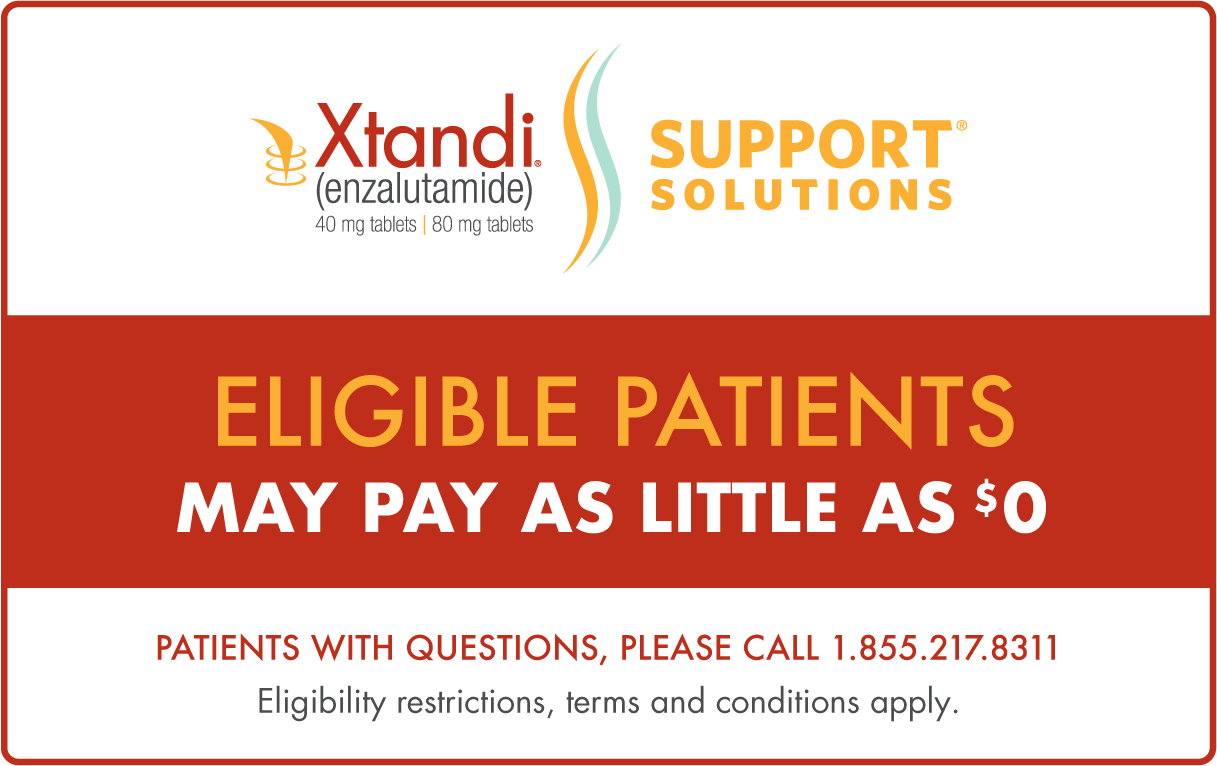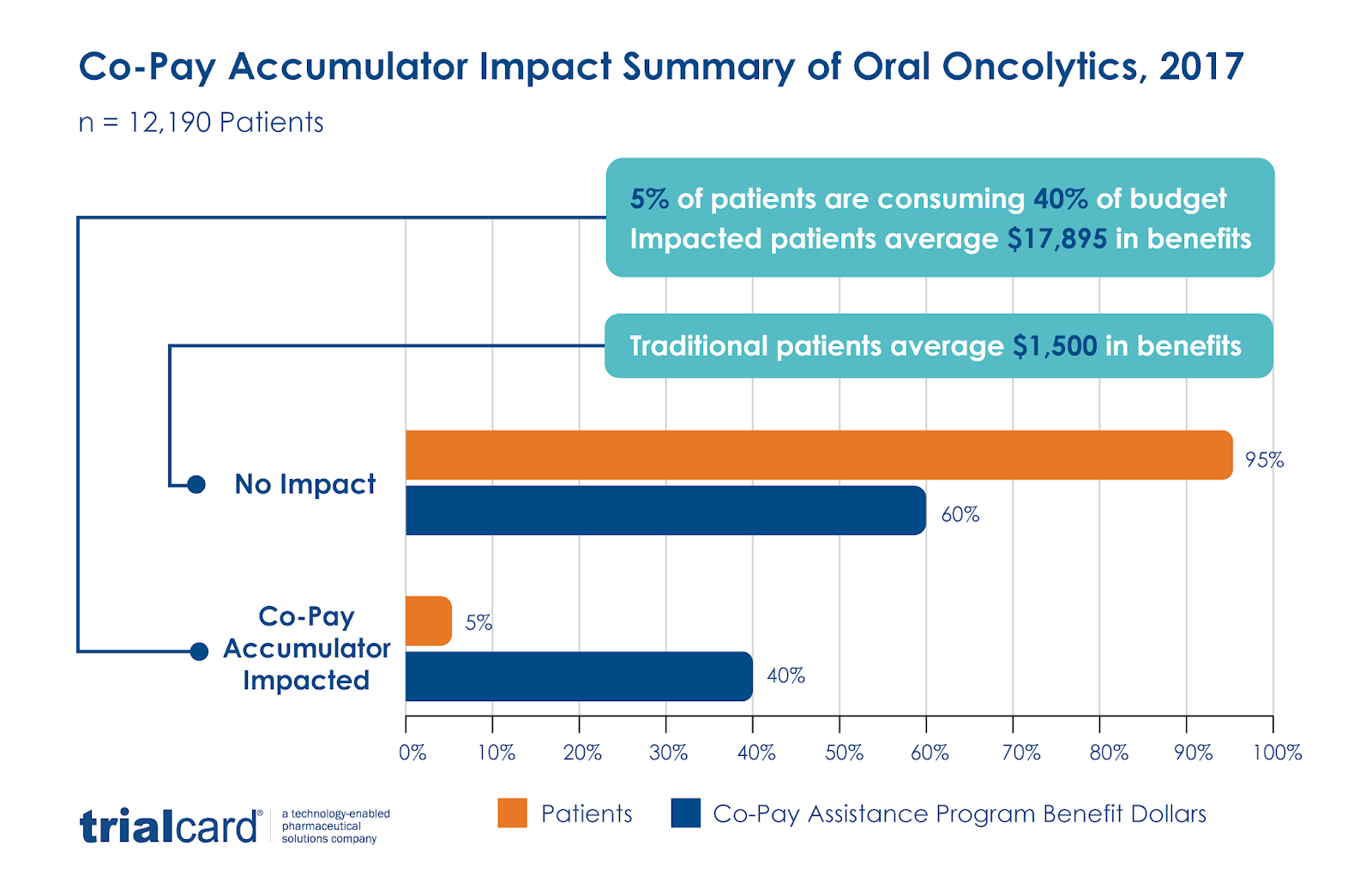

The likelihood of serious injection site reactions may increase with inadvertent intramuscular or intradermal administration. Some cases resulted in surgical depot removal, debridement, antibiotic administration, and SUBLOCADE discontinuation. Risk of Serious Injection Site Reactions: The most common injection site reactions are pain, erythema and pruritus with some involving abscess, ulceration, and necrosis. Emphasize the importance of calling 911 or getting emergency help, even if naloxone is administered.

Texas copay assistance programs how to#
Educate patients and caregivers on how to recognize respiratory depression and, if naloxone is prescribed, how to treat with naloxone. Strongly consider prescribing naloxone at the time SUBLOCADE is initiated or renewed because patients being treated for opioid use disorder have the potential for relapse, putting them at risk for opioid overdose. Consider decreasing the opioid using best practices for opioid taper if CSA occurs. Opioid use increases the risk of CSA in a dose-dependent fashion. Opioids can cause sleep-related breathing disorders e.g., central sleep apnea (CSA), sleep-related hypoxemia.

Use with caution in patients with compromised respiratory function (e.g., chronic obstructive pulmonary disease, cor pulmonale, decreased respiratory reserve, hypoxia, hypercapnia, or pre-existing respiratory depression). Counsel patients that such medications should not be used concomitantly unless supervised by a healthcare provider. Warn patients of the potential danger of self-administration of benzodiazepines, other CNS depressants, opioid analgesics, and alcohol while under treatment with SUBLOCADE. Risk of Life-Threatening Respiratory Depression and Concomitant Use of Benzodiazepines or Other CNS Depressants with Buprenorphine: Buprenorphine has been associated with life-threatening respiratory depression, overdose, and death, particularly when misused by self-injection or with concomitant use of benzodiazepines or other CNS depressants, including alcohol. Monitor patients for conditions indicative of diversion or progression of opioid dependence and addictive behaviors. Buprenorphine is sought by people with opioid use disorder and is subject to criminal diversion. WARNINGS AND PRECAUTIONSĪddiction, Abuse, and Misuse: SUBLOCADE contains buprenorphine, a Schedule III controlled substance that can be abused in a manner similar to other opioids. Prescription use of this product is limited under the Drug Addiction Treatment Act.ĬONTRAINDICATIONS: SUBLOCADE should not be administered to patients who are hypersensitive to buprenorphine or any component of the ATRIGEL ® delivery system. Healthcare settings and pharmacies that order and dispense SUBLOCADE must be certified in this program and comply with the REMS requirements.


 0 kommentar(er)
0 kommentar(er)
